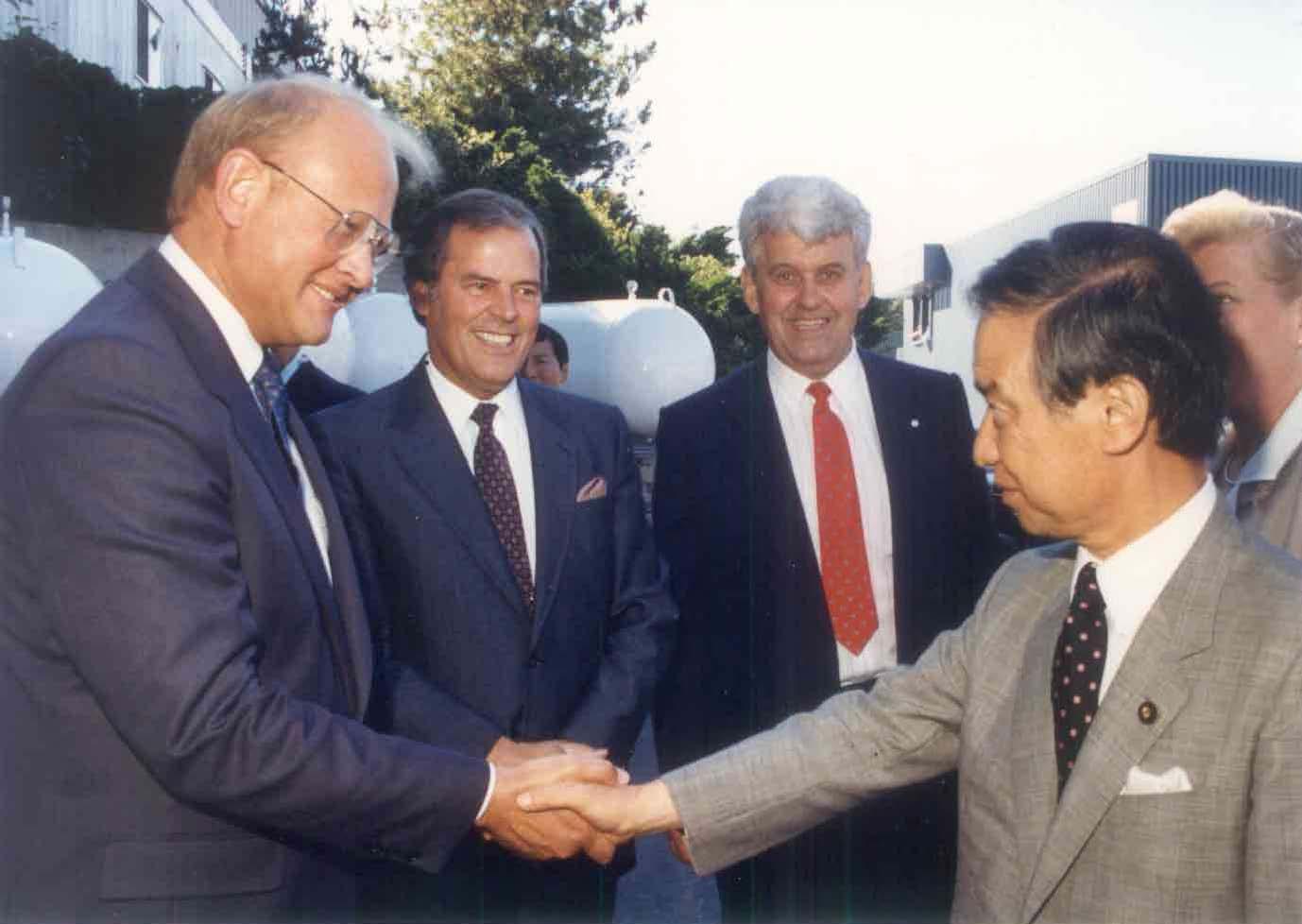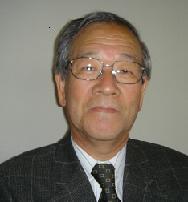| ||||||
| ||||||
In Japanese culture, it is important to honour those who make outstanding contributions to the development of society. Established in 1951, the Government of Japan annually recognizes a “Person of Cultural Merit” with the Bunka Korosha Award - one of Japan’s highest honours. Earlier this year, a former TRIUMF researcher Toshimitsu Yamazaki was distinguished for his unique contributions in the promotion and advancement of contemporary physics. In the true spirit of supporting Canadian-Japanese relations, Professor Yamazaki requested that his celebratory reception be held at the Canadian Embassy in Tokyo, Japan. Nigel Lockyer, Director of TRIUMF, along with Nuclear-Medicine Division Head Jean-Michel Poutissou and former Director Erich Vogt, traveled to Tokyo to join the celebration. During the celebration, Professor Yamazaki continually praised the value of Canada-Japan collaboration in science throughout his career. His association with the Canadian research community can be traced back to the late ‘60s when he established the techniques of using muon beams for studying a wide variety of processes involving magnetism, spin physics, and material science. At TRIUMF, Yamazaki developed such a facility and planted the seed for what is now a very successful program in muon spin resonance. This is one of only four such facilities around the world, which attracts more than 100 foreign researchers to Canada every year. In the late ‘80s, the Prime Minister of Japan at the time, Kaifu-san, visited TRIUMF to open the new muon facility that Yamazaki helped launch. Professor Yamazaki has also significiantly impacted the physics community through the student and researchers he trained. He was involved in international evaluation committees, key research programs, and provided lectures to young students and post-doctoral fellows. He provided great insight and support when Canada solicited foreign contributions to the proposed KAON project — the precursor to the J-PARC facility now operating in Tokai. After attending the reception in Japan, Jean-Michel was impressed by Yamazaki’s track record of developing such strong ties among researchers around the world. "It was amazing to meet so many of my Japanese colleagues at the party and realize that many either were former students or post docs of professor Yamazaki or his close collaborators,” he said. “This outlined for me the great influence that he had on contemporary physics in Japan." | ||||||
| |
| |||||
| ||||||
| ||||||
| ||||||
 |
| |||||
| Japanese Prime Minister visits TRIUMF, 1989. | ||||||
| | ||||||
| | ||||||
-- Melissa M. Baluk, Communications Assistant, with additions from J.M. Poutissou


